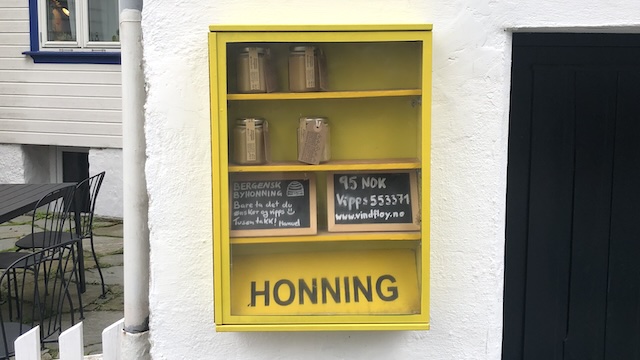The value of basic foreign-language skills
Putting three months’ Duolingo Norwegian to work 2024-07-30 #language #learning

Peter Hilton
- Language learning goals
- Basic language skills ←
Since joining a Norwegian start up that serves the Norwegian consumer market this year, I’ve seen a lot of Norwegian in recent months. Even though we use English internally, our web site and product descriptions use Norwegian.
More importantly, our customers use Norwegian in support requests and on social media. So now I’ve added reducing friction at work to my foreign language learning goals.
Working with a foreign language
Work in the European tech industry often involves foreign languages. Even if you work in English, or your native language, you might work with another language, depending on where the company or your customers live.
Personally, I don’t expect to speak Norwegian fluently any time soon, because I don’t live in Norway, but it turns out that even basic language skills help.
Previous experiences
When I first worked remote for a German company, in 2015, I avoided wrangling the German language. In a larger company with an international market, I left German-speaking customers to my colleagues.
Some years earlier, I moved to the Netherlands for an eighteen-month assignment. I didn’t know then that I would later decide to stay on in the Netherlands, and had more fun with other pastimes than evening classes and Dutch grammar. Today, we have other language-learning options.
Daily language learning
I’ve spent the last three months learning Norwegian with Duolingo, averaging ten to fifteen minutes every day. Duolingo’s examples-only spaced repetition learning annoys some people, who want explanations, but I learned to like it.
Personally, having previously-experienced classroom-based language learning in French, German, Luxembourgish and Dutch, I choose to lean in to Duolingo’s approach. I like its gentle learning curve that means I don’t have to spend time studying for some upcoming test. After all, I have a job to focus on.
The result of three months’ casual learning doesn’t feel like much more than a handful of useless simple phrases like han har en morsom katt (he has a funny cat). But I have gained a 500-word vocabulary that I already find useful at work, plus all of the other words I can guess because they resemble Dutch.
Not speaking Norwegian at work
In the absence of meetings about funny cats, I don’t get to speak Norwegian at work, beyond wishing my colleagues a good morning. However, a basic vocabulary, plus some of our own domain jargon words, has given me some small wins.
- Filling in forms - reading form field labels means I can use our product in Norwegian, and get by on suppliers’ web sites.
- Browsing customer support conversations - while I use automatic translation for support requests, I can browse support requests by recognising key words in their first sentences. Milestone: the first (two-sentence) message I understood without translation.
- Customer interviews - while I conduct customer interviews in English, customers occasionally use a Norwegian word without noticing or don’t know the English words for our jargon. Milestone: when a customer didn’t know how to say ‘laundry detergent’ in English, I could say, ‘oh, you mean tøyvask’.
Encouragingly, these will all improve incrementally as my Norwegian continues to improve. And perhaps one day, I won’t need automatic translation at all.

